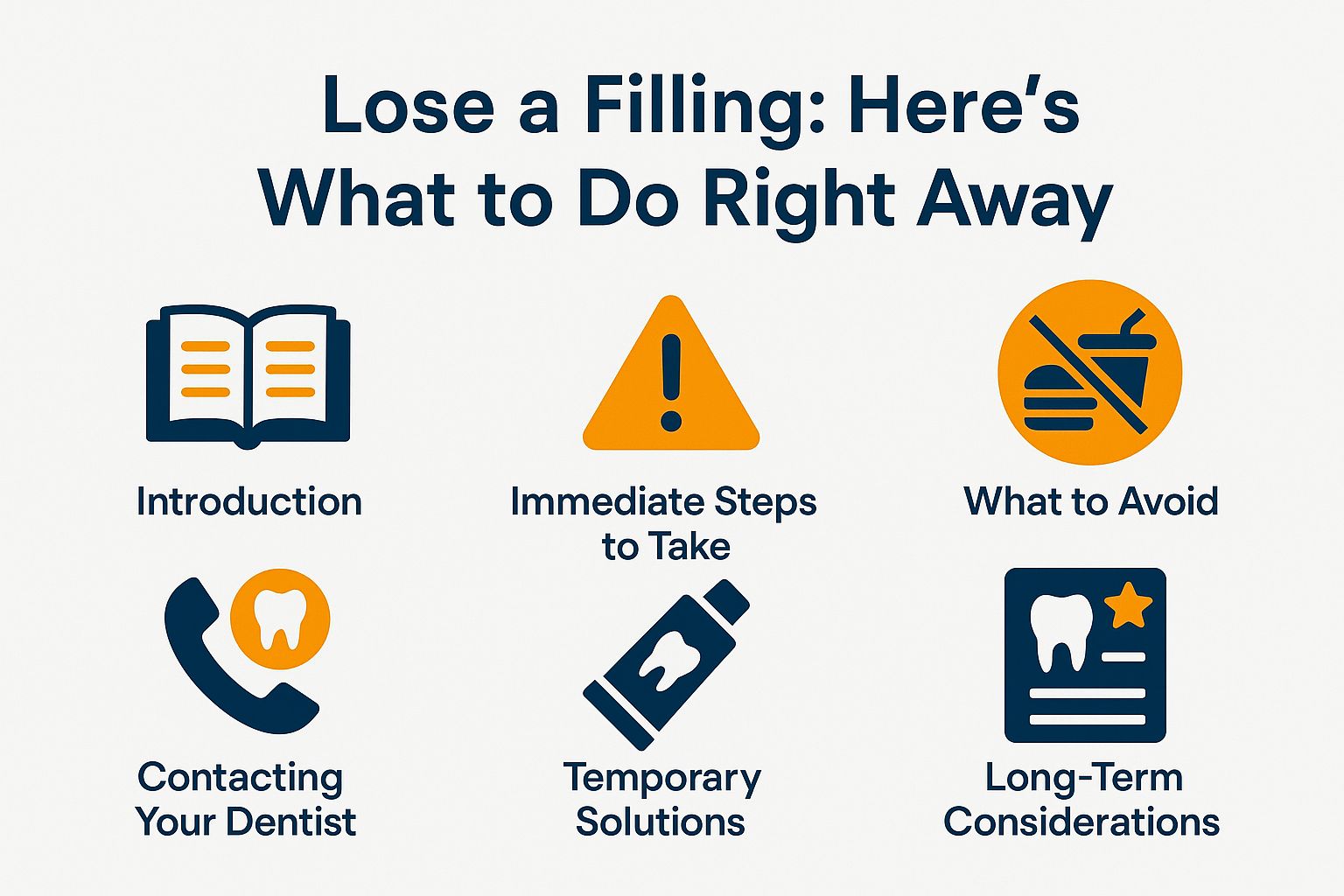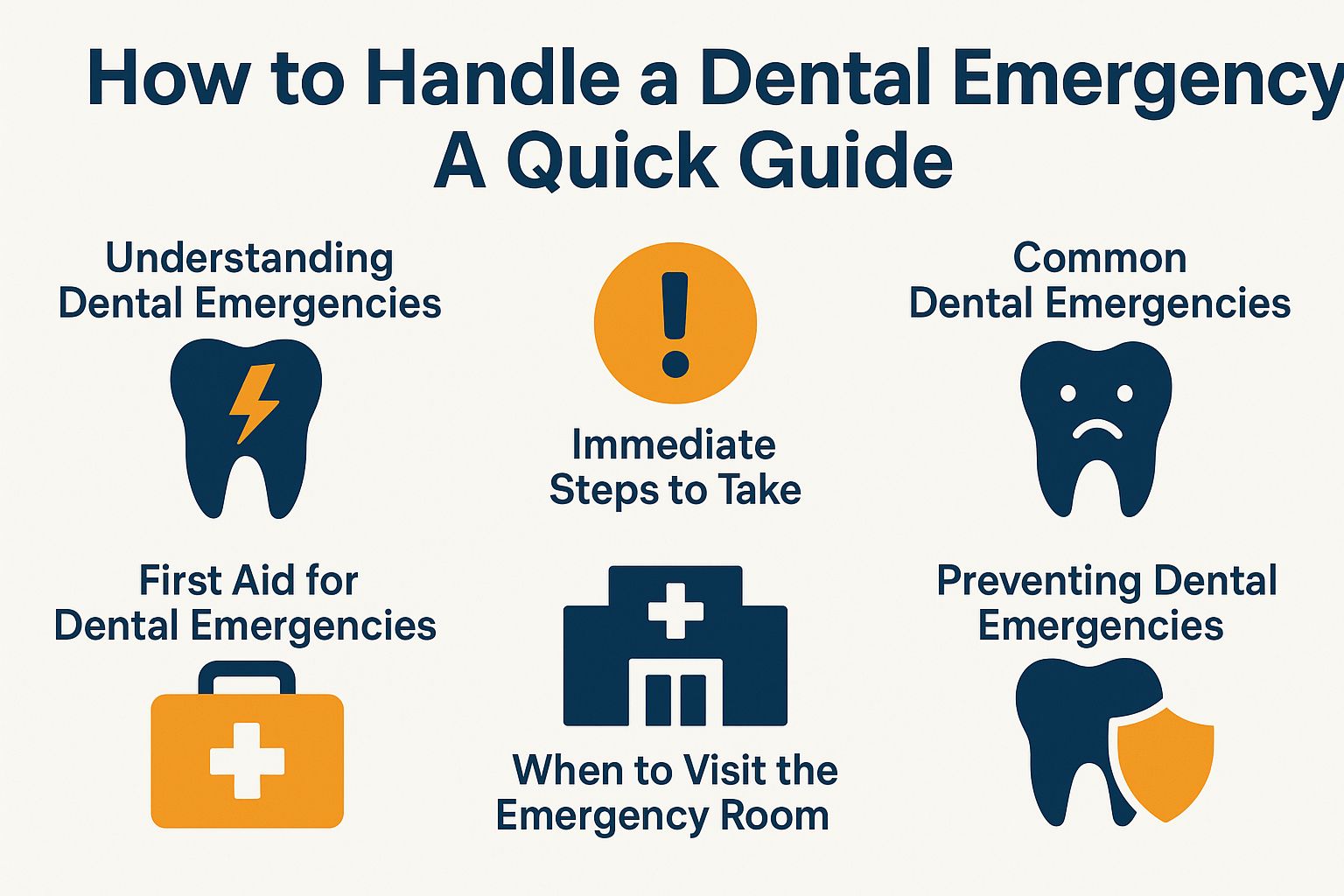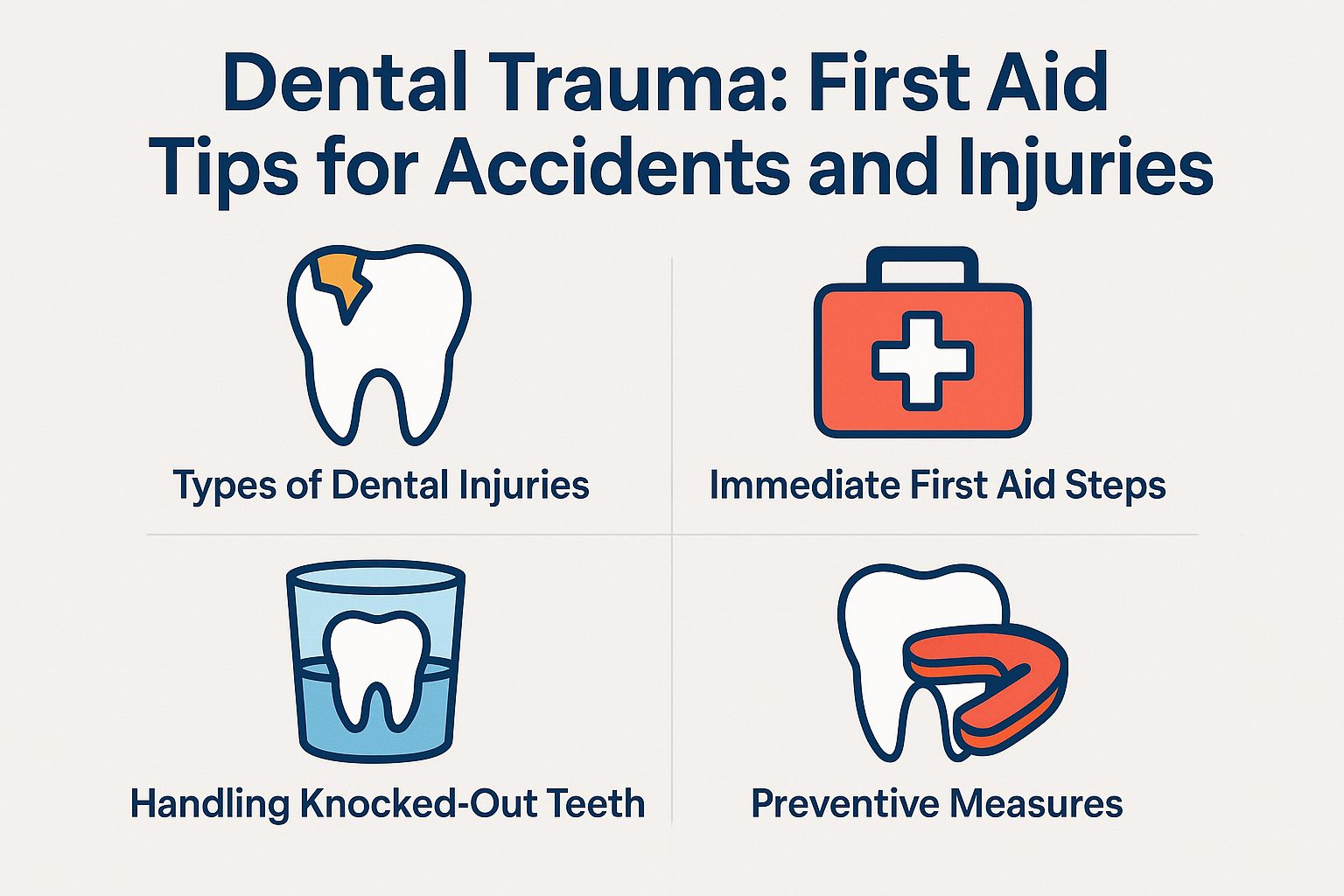Introduction
Losing a dental filling can be unsettling. Knowing what to do immediately is crucial. When a filling falls out, it exposes your tooth to potential tooth decay and new decay risks. It’s essential to call your dentist as soon as possible to prevent further complications. This guide provides immediate steps to take, what to avoid, and how to manage the situation until professional help is available. Your dental health is important-let’s keep it on track!
Immediate Steps to Take
If a filling becomes dislodged, it is imperative to take prompt and informed measures. This minimizes potential damage to the affected tooth.
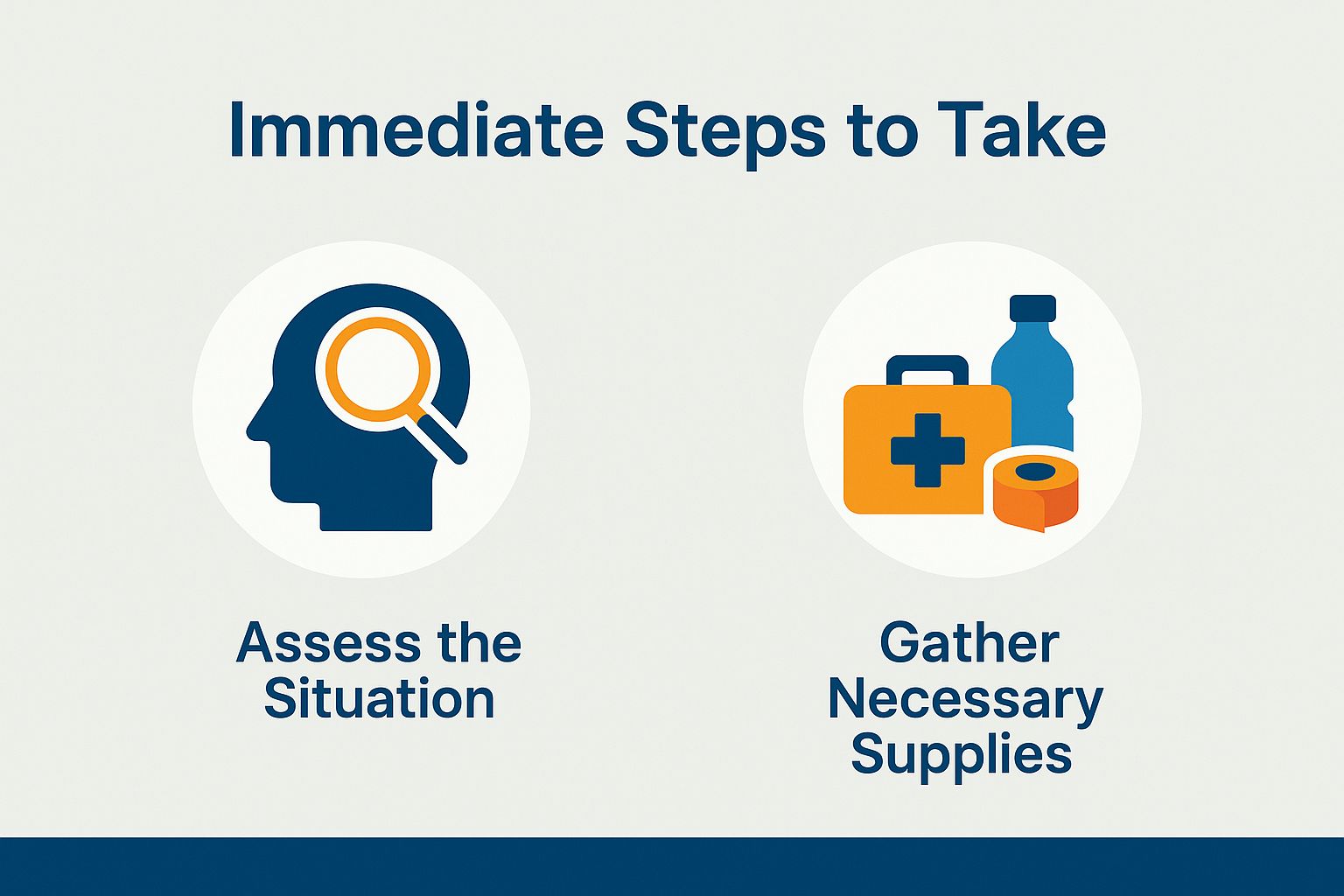
Assess the Situation
Begin by evaluating the condition of your tooth. Pay close attention to any signs of tooth decay or sensitivity that may necessitate urgent dental assessments and care.
Examine the tooth for visible decay, like dark spots or cavities. Test sensitivity by gently biting down on items at different temperatures. Additionally, observe for any swelling or redness in the surrounding gums, which could suggest an infection.
Document your findings, including any levels of discomfort experienced. This record helps your dentist diagnose and determine treatment.
Gather Necessary Supplies
Gather supplies for temporary relief until your dental visit. Essential items include dental wax, available at pharmacies or online, to cover sharp edges of broken teeth.
Over-the-counter pain relievers, such as ibuprofen, can assist in managing discomfort and are readily available at any drugstore. Additionally, dental cement, which is commonly found at most pharmacies, offers a quick solution for loose crowns.
Keep these items in a first aid kit for quick access. They can help manage pain until your appointment.
What to Avoid
Avoid certain foods and habits to prevent further damage to your tooth until you see a dentist.
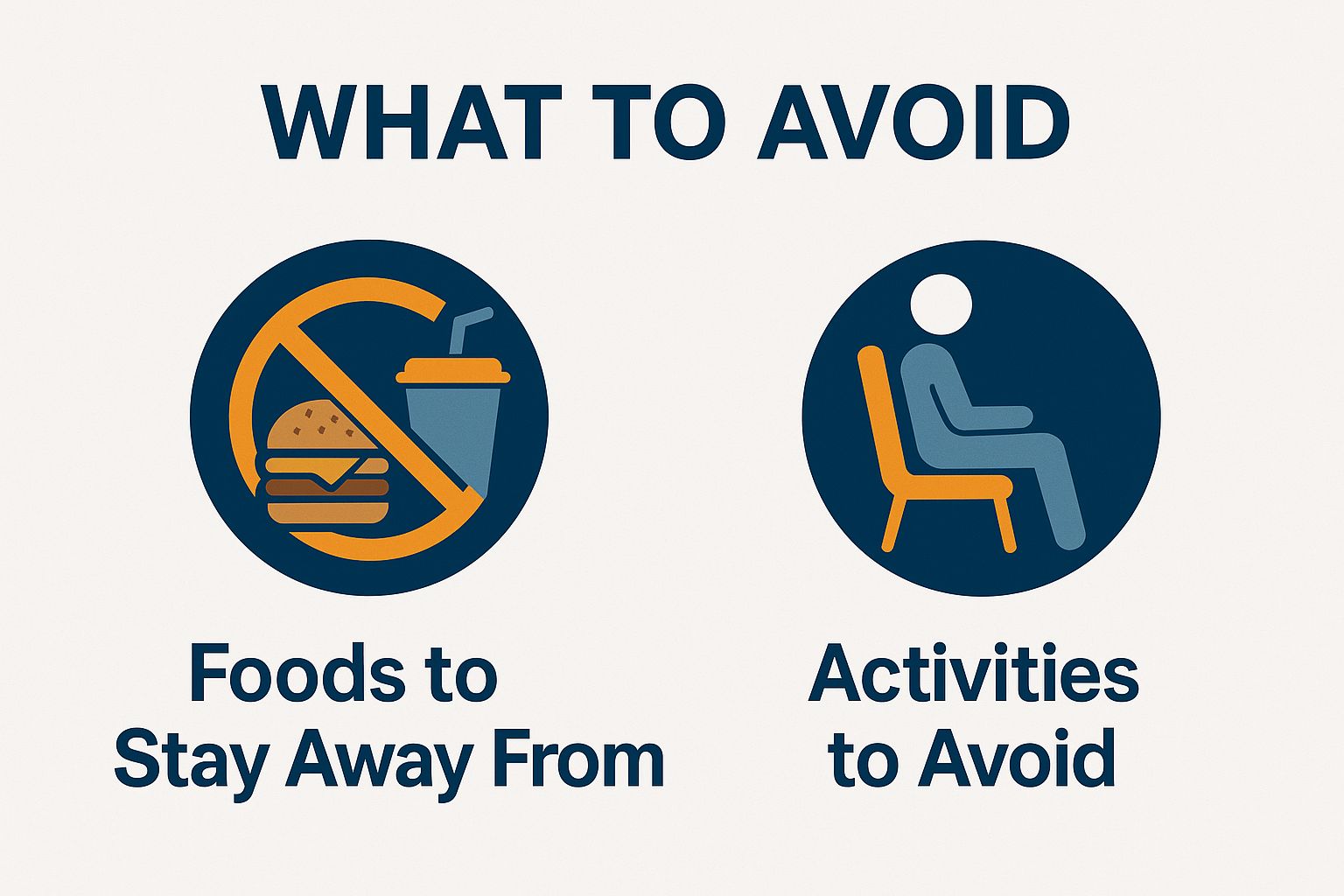
Foods to Stay Away From
Certain foods can exacerbate sensitivity and damage to teeth. It is advisable to avoid hard candies, tough meats, and acidic foods, such as citrus fruits.
Instead, one should consider softer alternatives like yogurt and smoothies, which can alleviate sensitivity while providing essential nutrients.
Mashed potatoes and steamed vegetables are also gentle on the teeth and rich in vitamins. Incorporating these safer options can help mitigate discomfort and promote healing, thereby allowing individuals to maintain a balanced diet without further jeopardizing their dental health.
Activities to Avoid
Avoid activities like teeth clenching or grinding. These can worsen your condition and lead to severe dental issues.
To address these issues, it is advisable to utilize a dental guard, which effectively prevents teeth from grinding against one another during sleep.
Affordable options include:
- Vital Sleep Dental Guard ($49.99), which can be custom-fitted at home
- SOVA Aero ($39.99), designed for enhanced comfort and breathability
Both dental guards provide a protective barrier for your teeth and help reduce jaw tension. Stress management techniques such as mindfulness meditation or yoga may assist in alleviating the symptoms of bruxism. Using these solutions now can save you from costly repairs later.
Contacting Your Dentist
Knowing when and how to contact your dentist speeds up your treatment and recovery.
When to Call
Contact your dentist if you feel pain, swelling, or if a filling has been missing for more than a few hours.
Urgent situations can arise from trauma to the tooth, such as fractures from accidents. These can expose nerves and increase the risk of infection. If you notice a significant chip or crack that causes discomfort, seek care immediately.
Severe gum bleeding or a persistent abscess indicate the need for immediate dental attention. If a tooth is knocked out, rinse it gently in water and store it in milk until you reach your dentist. This can improve the chances of saving the tooth.
What Information to Provide
Provide detailed information about your situation to help dental professionals give effective advice. This preparation ensures your dental appointment is productive.
Monitor your symptoms for at least one week before your appointment. Document the duration of your pain and previous treatments, and current pain levels on a scale from 1 to 10.
Keep a record of potential triggers, like specific foods or habits such as teeth grinding. This information helps the dental professional diagnose your issue accurately and develop a tailored treatment plan that meets your specific needs, ultimately resulting in improved outcomes.
Temporary Solutions for Tooth Pain
Temporary solutions like a temporary filling can protect your tooth. They also alleviate discomfort while you wait for professional care.

Dental Wax Usage
Dental wax is a great short-term solution for protecting exposed areas of teeth. To apply it correctly, start with clean hands.
- First, break off a small piece of wax and roll it into a ball, then flatten it slightly.
- Carefully press it over the sharp area of the tooth or orthodontic brace, ensuring proper adherence.
- Reapplication may be necessary, particularly if the wax feels loose or after eating, as food can displace it.
Dental wax is available for purchase at drugstores or through online platforms such as Amazon. While most brands deliver similar results, selecting a variety with added flavors may enhance the overall experience.
Over-the-Counter Options
Over-the-counter pain relievers can help ease discomfort from a missing filling. Ibuprofen or acetaminophen are good options for pain relief.
Ibuprofen may be administered in doses of 200-400 mg every 4-6 hours for adults, while acetaminophen is typically recommended at 500-1000 mg every 6 hours, with a maximum daily dosage not exceeding 3000 mg.
For localized relief, clove oil can be applied directly to the affected gum area; it is advisable to use a cotton swab to apply a small amount.
These remedies can help manage pain, but schedule a dental appointment to address the underlying issue for a long-term solution.
Long-Term Considerations
Planning for long-term dental health is crucial, particularly following the loss of a filling.

Scheduling a Follow-Up Appointment
Schedule a follow-up dental appointment to address issues that caused the loss of your filling. This includes potential filling failure due to bacteria or chemical reactions.
When arranging this appointment, it is advisable to select dates that correspond with your dentist’s availability, preferably within one week of your last visit.
Before the appointment, it is beneficial to prepare a list of questions. Inquire about the potential causes of the filling loss, the necessary treatments, and any preventive measures that can be implemented in the future.
Timely visits are crucial. Neglecting follow-ups can lead to serious dental complications and higher costs.
Additionally, it is prudent to confirm your insurance coverage in advance to minimize unexpected costs during your visit.
Preventative Care Tips
Preventative dental care measures can greatly reduce the risk of future dental issues. Schedule at least two visits per year.
During these appointments, the dentist can spot early signs of problems. This includes cavities and gum disease before you notice any symptoms.
Good oral hygiene is vital. Brush twice a day with fluoride toothpaste and floss each night.
Incorporate tooth-friendly foods in your diet. Crunchy fruits and vegetables help clean teeth and promote healthy gums.
Limit sugary snacks and drinks to reduce plaque buildup.

